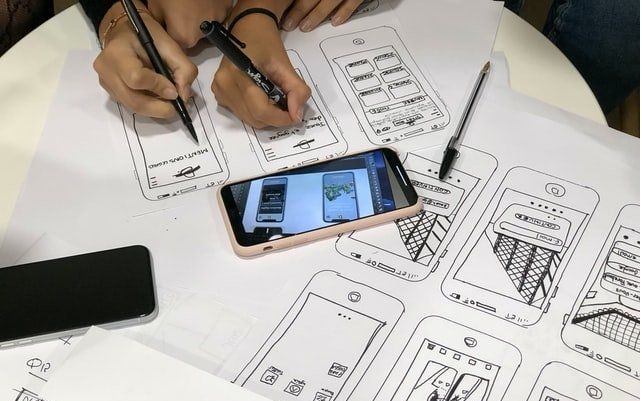Reducing costs (both time and financial) when creating a product is one of the most frequent requests of their owners. Indeed, with a constant desire to improve it and tailor it to the needs of end users, it can be quite difficult to maintain a balance between quality and expenses. Let’s talk about what stage of the product development process can be the key to balancing these two aspects.
Product Quality VS Expenses: How to Reach Both of Them?
So, what is an essential step toward designing a product that can significantly affect its quality and, at the same time, help the company reduce costs (both time and financial)? The answer is simple: it’s prototyping. This is what allows designers and stakeholders to visualize and evaluate product concepts long before the coding and testing process begins.
Thus, if any of the ideas are rejected, the specialists with product design expertise will be able to quickly respond to criticism without spending a lot of time on it – neither their own nor other team members. Below we propose to learn in more detail what tasks prototyping can effectively solve.
Visualization of ideas
Prototyping is a quick way to transform abstract concepts into something that can be seen with the eyes. Thus, product designing experts get the opportunity to effectively demonstrate their thoughts and ideas to stakeholders, team members, and end users.
Getting early feedback
When it comes to demonstrating prototypes to end users, this is aimed at getting early feedback to tailor the product to the needs and desires of its target audience. That is, instead of wasting time developing a full-fledged design with interactive elements, your digital product design company can gain valuable insights for product optimization with fewer resources.
Implementing an iterative development process
Prototyping works well with an iterative approach to product design service, in which the team works simultaneously on multiple versions of the design, which are optimized and refined based on feedback and testing results. In this way, it provides a quick response to the obtained information and the ability to experiment with different ideas with minimal time expenses.
Risk reduction
Prototyping also helps identify and mitigate potential risks early on the product development cycle. In particular, by testing key features and end-user interactions through prototypes, product designing companies can quickly identify existing technical and usability issues before moving on to full-scale development. This reduces the risk of launching a solution that does not meet the expectations of its target audience.
Improving the effectiveness of communication both inside and outside the team
Prototypes serve as a tool for effective communication between designers, developers, stakeholders, and representatives of the target audience of the product as they facilitate fruitful discussion and agreement on design decisions. They are also key to gaining consent from stakeholders. In particular, by presenting ideas through a clear visual, experts who provide digital product design services can effectively communicate the design concept, demonstrate its benefits, and remove any concerns or doubts.
Testing multiple design variations
Prototyping allows specialists with product design expertise to test several hypotheses, which may contradict each other, and, at the same time, not spend a lot of time visualizing them. I.e., they can present the raw versions of the product on focus groups, get their feedback, and, based on it, choose the one that users fnid the most convenient, understandable, and visually attractive.
Final Thoughts
As you can see, prototyping is an integral part of the modern approach to product design as it helps to attract fewer resources and get better results. If you are looking for new product design services to delegate responsibilities for both the design of your solution and all other stages of its implementation, feel free to contact us.


